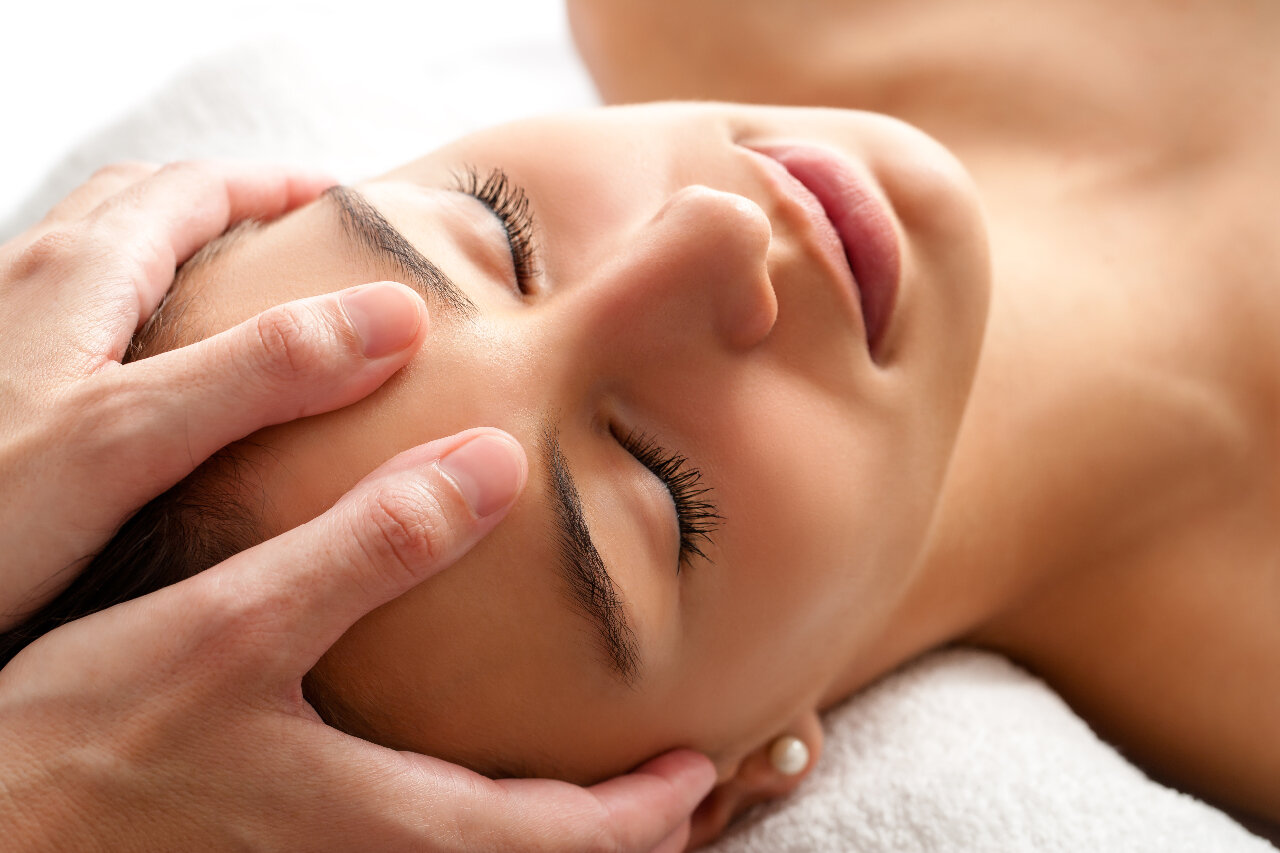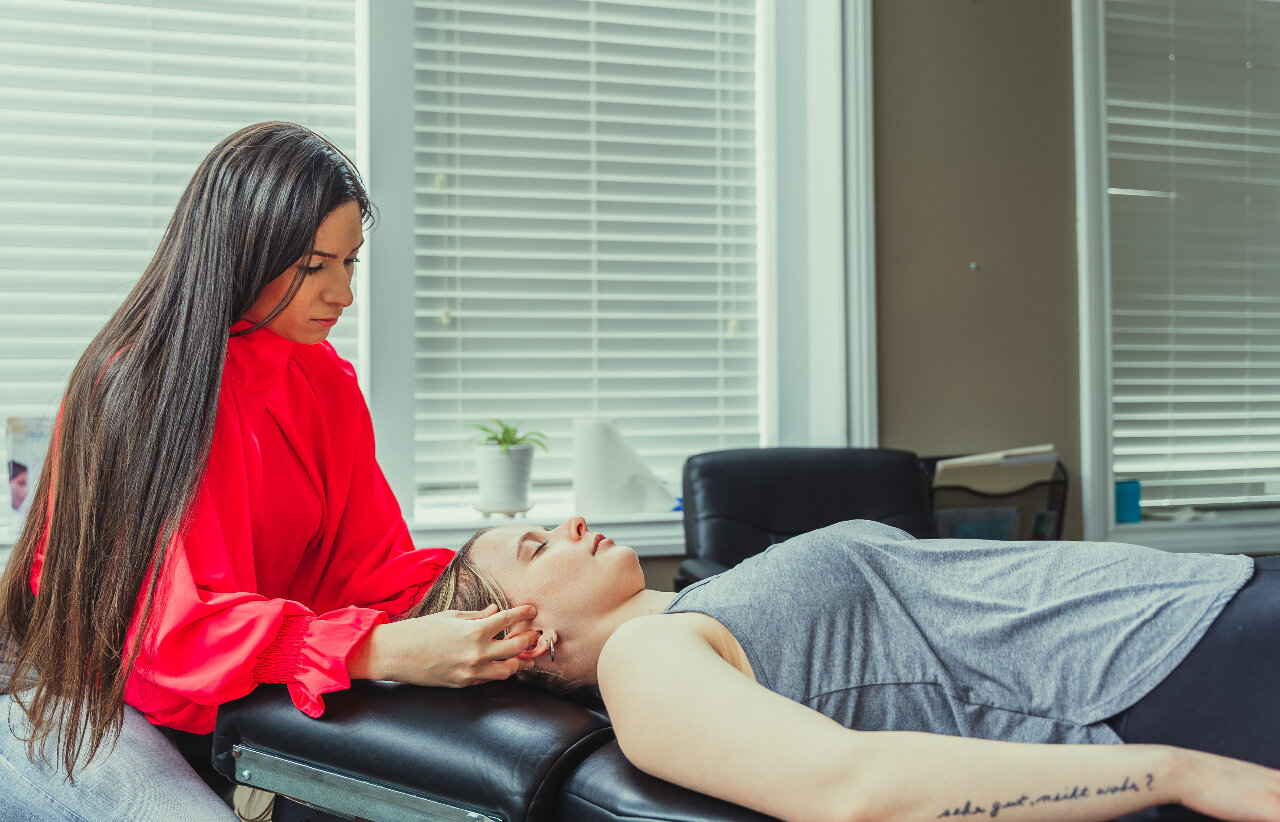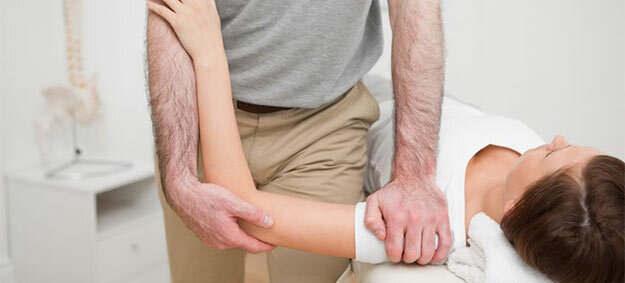|
You’ve heard of chiropractic treatment, massage therapy and acupuncture, but Osteopathy is a mystery to you. Look no further - we’ve put together this handy guide to answer any questions you may have!
So, what IS Osteopathy?
 Osteopathy is a holistic approach to healthcare that emphasizes the interrelationship between the body's structure and function. It is grounded in the principles that the body has an inherent ability to heal itself and that the musculoskeletal system plays a crucial role in overall health. In Ontario, osteopathy has gained recognition and popularity, attracting a diverse clientele seeking alternative and complementary healthcare options. Osteopathy is a holistic approach to healthcare that emphasizes the interrelationship between the body's structure and function. It is grounded in the principles that the body has an inherent ability to heal itself and that the musculoskeletal system plays a crucial role in overall health. In Ontario, osteopathy has gained recognition and popularity, attracting a diverse clientele seeking alternative and complementary healthcare options.
Osteopathy originated in the late 19th century in the United States, founded by Dr. Andrew Taylor Still. He developed the practice in response to the limitations of conventional medicine, emphasizing a more holistic approach. The core tenets of osteopathy include:
Holistic Care: Osteopaths view the body as an integrated unit. They believe that all body systems work together, and dysfunction in one area can affect overall health.
Self-Healing: Osteopaths encourage the body’s natural healing mechanisms, emphasizing that the body can restore itself given the right conditions.
Manual Therapy: Osteopaths utilize hands-on techniques to diagnose and treat various conditions, focusing on the musculoskeletal system.
It’s important to distinguish between osteopathy and osteopathic medicine. In the United States, osteopathic physicians (DOs) are fully licensed medical doctors who can prescribe medication and perform surgery. In contrast, in Canada, including Ontario, the practice referred to as "osteopathy" typically pertains to manual osteopathy, which is distinct from osteopathic medicine.
What do Osteopathic Manual Practitioners DO?
 Osteopathic manual practitioners employ a variety of techniques tailored to the individual needs of their patients. Some of the most common techniques include: Osteopathic manual practitioners employ a variety of techniques tailored to the individual needs of their patients. Some of the most common techniques include:
Soft Tissue Techniques/Myofascial Release (MR)
These techniques involve manipulating the soft tissues (muscles, tendons, and ligaments), and releasing tension in the fascia (the connective tissue surrounding muscles) to relieve tension and improve circulation. Practitioners may use gentle pressure, stretching, kneading, and deep tissue massage, with the aim of restoring normal movement patterns and relieving pain.
Joint Mobilization
This technique involves gentle movements of the joints to increase range of motion, reduce stiffness, and alleviate pain. It is often used in conjunction with other manual therapies.
Cranial Osteopathy
Cranial osteopathy is a gentle form of treatment that focuses on the head and its structures. Practitioners assess and treat cranial bones and related tissues to promote balance and relieve tension.
Visceral Manipulation
This technique involves assessing and treating the internal organs (viscera) and their connective tissues. The goal is to improve organ function and relieve related pain or dysfunction.
What Conditions Can Osteopathy Impact?
 Osteopathic treatment supports the body in its healing journey, as it recovers from a wide range of conditions, including but not limited to: Osteopathic treatment supports the body in its healing journey, as it recovers from a wide range of conditions, including but not limited to:
Musculoskeletal Pain: Back pain, neck pain, joint pain, and headaches.
Sports Injuries: Strains, sprains, and overuse injuries.
Postural Issues: Problems stemming from poor posture or repetitive strain.
Chronic Pain Conditions: Fibromyalgia, tension headaches, and arthritis.
Digestive Disorders: Conditions like irritable bowel syndrome (IBS) and constipation.
Stress and Tension: Anxiety, stress-related disorders, and tension headaches.
Assistance in the mind-body connection: impacting traumas and somatic situations.
What are the Benefits of Osteopathy?
Osteopathy offers numerous benefits to patients seeking holistic and alternative treatment options:
Pain Relief: Many patients report significant relief from chronic pain conditions after receiving osteopathic treatment. The hands-on approach can help alleviate tension and restore normal function.
Improved Mobility: By addressing musculoskeletal issues, osteopathy can enhance range of motion and flexibility, making it particularly beneficial for athletes and those with mobility challenges.
Enhanced Circulation: Osteopathic techniques promote better blood flow, which can aid in healing and overall health.
Holistic Approach: Osteopathy considers the whole person, including lifestyle, emotional well-being, and physical health, leading to more comprehensive care.
Preventive Care: Osteopathy emphasizes maintaining health and preventing future issues. Regular treatments can help individuals manage stress and improve overall well-being.
What Will My First Visit Look Like?
The patient experience in osteopathy typically involves a thorough assessment and a personalized treatment plan. During the first visit, practitioners will take a detailed medical history, conduct a physical examination, and discuss the patient's concerns and goals. This collaborative approach fosters trust and ensures that treatments are tailored to individual needs.
What to Expect:
Initial Consultation: This includes a comprehensive assessment and discussion of treatment options.
Treatment Sessions: Sessions usually last between 30 to 60 minutes, depending on the individual's needs. Practitioners use hands-on techniques to address specific concerns.
Home Care Recommendations: Practitioners often provide advice on exercises, stretches, and lifestyle modifications to support the healing process.
Still have questions? Why not book a Complimentary 15 minute Consultation with one of our Osteopathic Manual Practitioners and find out if Osteopathy is the missing link on your journey to wellness? Call the office today to get started.
|